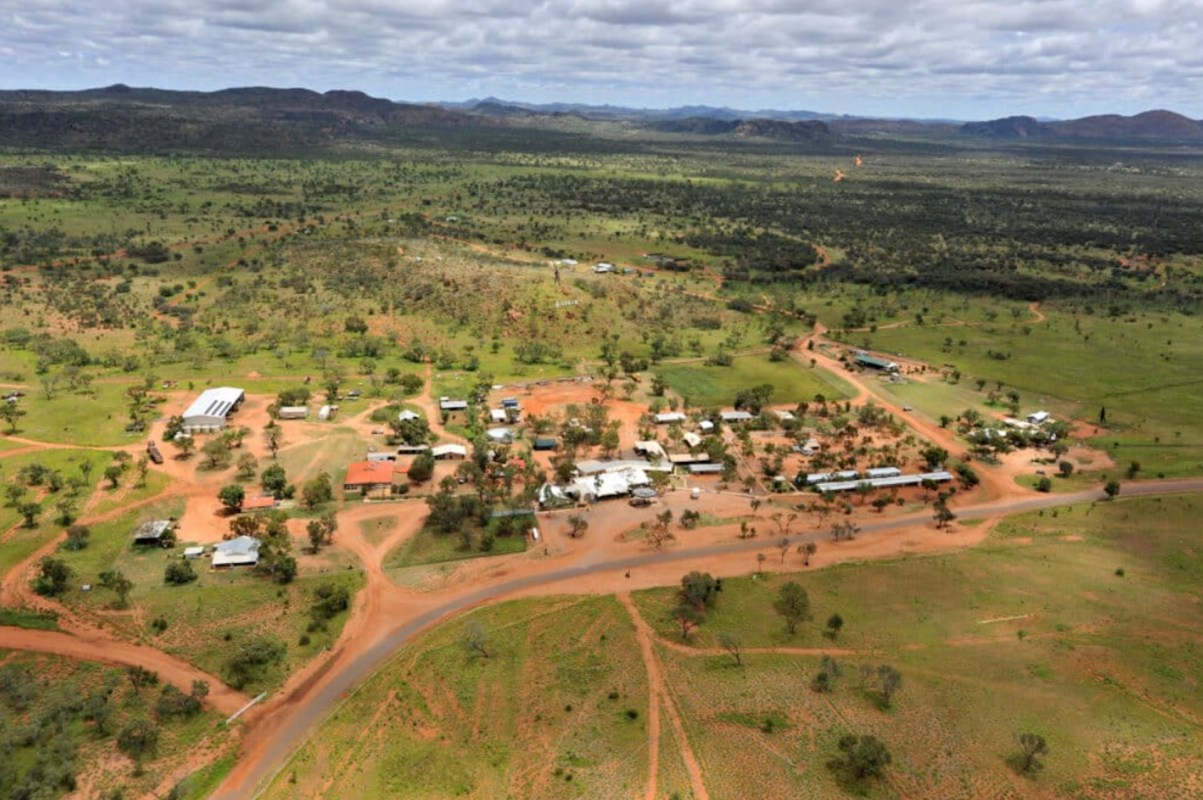The development and use of technologies for renewable power and zero-tailpipe-pollution vehicles is helping to protect the Earth from the effects of human-caused global heating.
However, to make these advancements work, we still need a little bit of help from the planet.
Rare earth metals, composed of 17 elements, are required in the production of offshore wind farms and electric car motors, as well as a number of consumer electronics.
Scientists unveil a groundbreaking discovery in Inner Mongolia! Niobobaotite, a new mineral rich in rare metal #niobium, could revolutionize high-tech sectors like superconductors and electronics. Let's dive into the significance of this find. 👇https://t.co/YYHIR74oAi
— Interesting Engineering (@IntEngineering) October 17, 2023
To obtain those essential materials, we need to mine the Earth for them, and the demand is only increasing.
To that end, Siemens Gamesa, one of the world's largest wind turbine makers, has signed a deal with Australian company Arafura Rare Earths to buy these resources, according to Grist. However, the mine is still under development.
This is because companies are looking to get ahead of the competition while cutting reliance on China, a country that has benefited from natural supplies of rare earth metals and has made early gains in mining these materials.
California is one of the other major areas of potential for mining, while Grist noted facilities to make magnets and process materials are being developed in the Western world.
Rare earth analyst David Abraham told the publication: "The world is playing catchup, and it's an expensive game."
Offshore wind turbines need rare earth materials for magnets that help to spin rotor blades. And with governments across the globe looking to up the production of sustainable power, the need for these materials is only set to increase.
In the United States, for example, the Biden Administration has announced a target of delivering 30 gigawatts of offshore wind power by 2030, which would necessitate a steady supply of rare earths.
But Grist observed, citing data from the National Renewable Energy Laboratory, that the need for neodymium to achieve this would use 90% of the material that was produced in the country in 2022.
So, the race is on, and whichever country can help supply rare earth metals — and whichever companies source them — will be at the forefront of sustainable energy into the foreseeable future.
Join our free newsletter for cool news and actionable info that makes it easy to help yourself while helping the planet.









